
New Sweden was a colony of the Swedish Empire along the lower reaches of the Delaware River between 1638 and 1655 in present-day Delaware, Maryland, New Jersey, and Pennsylvania in the United States. Established during the Thirty Years' War when Sweden was a great power, New Sweden formed part of the Swedish efforts to colonize the Americas.

Sweden established colonies in the Americas in the mid-17th century, including the colony of New Sweden (1638–1655) on the Delaware River in what is now Delaware, New Jersey, Pennsylvania, and Maryland, as well as two possessions in the Caribbean during the 18th and 19th centuries.
Margaret Mattson was one of two women tried and acquitted in Philadelphia in the Province of Pennsylvania for witchcraft in 1683.

Fort Christina was the first Swedish settlement in North America and the principal settlement of the New Sweden colony. Built in 1638 and named after Queen Christina of Sweden, it was located approximately 1 mi (1.6 km) east of the present-day downtown Wilmington, Delaware, at the confluence of the Brandywine River and the Christina River, approximately 2 mi (3 km) upstream from the mouth of the Christina on the Delaware River.
Eric Pålsson Mullica was an early Swedish settler to New Sweden. He and his family were the source of the name of several geographic features and places in New Jersey.
Måns Andersson, was a pioneer in the Swedish colony of New Sweden.

Ferdinand Lundberg was an American journalist and historian known for his frequent and potent criticism of American financial and political institutions. His work has been credited as an influence on Robert Caro, Ralph Nader and others.
Reorus Torkillus (1608–1643) was priest of the Church of Sweden and the first Lutheran clergyman to settle in what would become the United States.
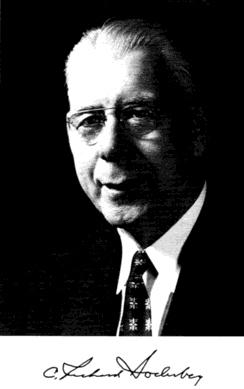
Carl Richard (Dick) Söderberg was a power engineer and Institute Professor at the Massachusetts Institute of Technology.
Peter Gunnarsson Rambo was a Swedish immigrant to New Sweden known as a farmer and a justice of the Governor's Council after the British took control of the area. He was the longest living of the original Swedish settlers and became known as the Father of New Sweden. Rambo's Rock along the Schuylkill River is named for his family.
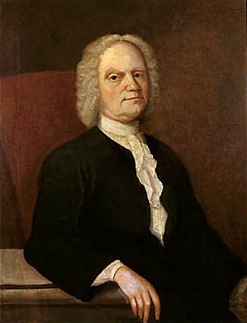
Gustavus Hesselius was a Swedish-born American painter. He was European trained and became a leading artist in the mid-Atlantic colonies during the first half of the eighteenth century. He was among the earliest portrait painters and organ builders in the United States. He was named to the Prince George's County Hall of Fame by the Prince George's County Historical Society.

Elk Landing is the name of a historic home located at Elkton, Cecil County, Maryland. The house at Elk Landing was listed on the National Register of Historic Places in 1984.
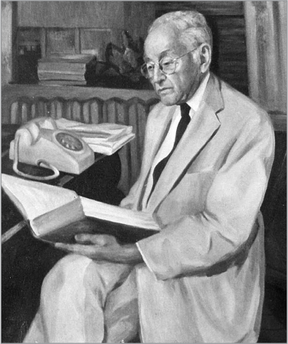
Amandus Johnson was a Swedish- American historian, author and museum director. He is most associated with his epic two volume history The Swedish Settlements on the Delaware 1638-1664, which was also published in Swedish as Den första svenska kolonien i Amerika (1923).
Historiens 100 viktigaste svenskar is a book by Niklas Ekdal and Petter Karlsson, published in 2009. Before the book was released, the list was published by Dagens Nyheter between 14 April and 6 May. The book is a list of the 100 Swedes that according to the authors has had "the greatest influence on Swedish people's lives, and also people's lives around the world". There are 84 men and 16 women on the list. Around 40 of them lived in the previous century, and 16 were still alive as of the book's publication.
Sven Svensson (1636—1696) was a Justice and Legislator in Colonial Pennsylvania. He was born into a prominent family in the colony of New Sweden.
Sven Gunnarsson was a founder of the New Sweden colony, owner of land which today is most of present-day Queen Village in Philadelphia, and a progenitor of the Du Pont family in modern-day Delaware.
Laurentius Carels (1624–1688) was one of the first settlers of Delaware County, Pennsylvania and one of the first Swedish Lutheran clergyman in New Sweden. As was typical among Swedish ministers, he generally used a Latinized version of his name Laurentius Caroli Lockenius. He is listed in historical records under several different names, most commonly as Lars Carlsson Lock.
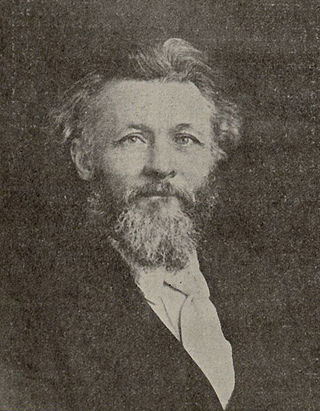
Ernst Teofil Skarstedt was a Swedish-American author, journalist, and editor of Swedish-language books and newspapers. He is most noted as the author of a three-volume trilogy covering the Swedish immigrant experience in the Pacific Northwest.
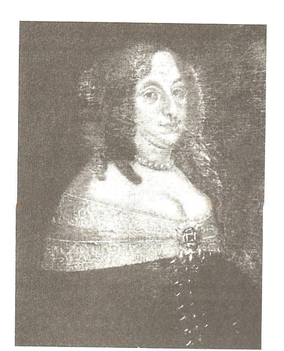
Armegot Printz (1625–1695) was a Swedish noble. She was the daughter of Johan Björnsson Printz, governor of New Sweden, and she married her father's successor, governor Johan Papegoja. She is the most well documented and known woman of New Sweden.
Adolph B. Benson, born Adolph Berndt Bengtsson, was an American scholar, educator and literary historian. Adolph Benson's research focused primarily on the study of Swedish-American culture.












